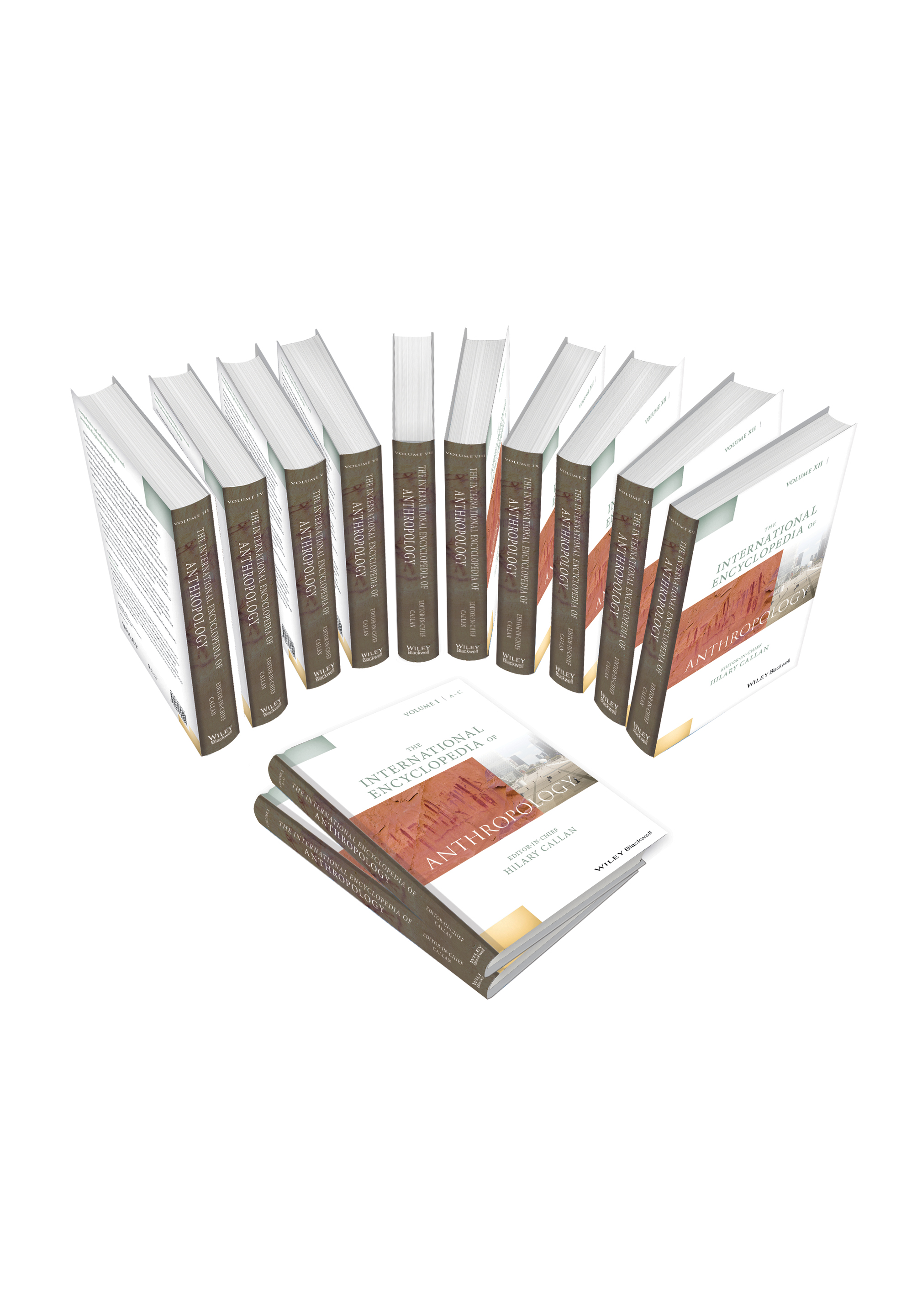Ethnographic Spectacle
Abstract
While the term “ethnographic” refers to the scientific description of the culture of a society by someone who has lived in it, “spectacle” denotes a public event or show that is exciting to watch and experience. The contradictions that arise when these terms are combined create the unease that is at the heart of ethnographic spectacle. The European practice of creating ethnographic spectacle goes back many centuries to when it was the prerogative of kings and rulers. Generalized public ethnographic spectacle is more recent: early nineteenth-century panoramas, dioramas, world's fairs, and museums often included an ethnographic dimension ranging from painted depictions to inhabited villages. This genre, which was clearly based in colonial relations, persisted into the twentieth century through new media and form such as adventure expedition films and interactive museum displays. It is also found in the contextualizing performances associated with global art, in postcolonial forms, and in theme parks.



